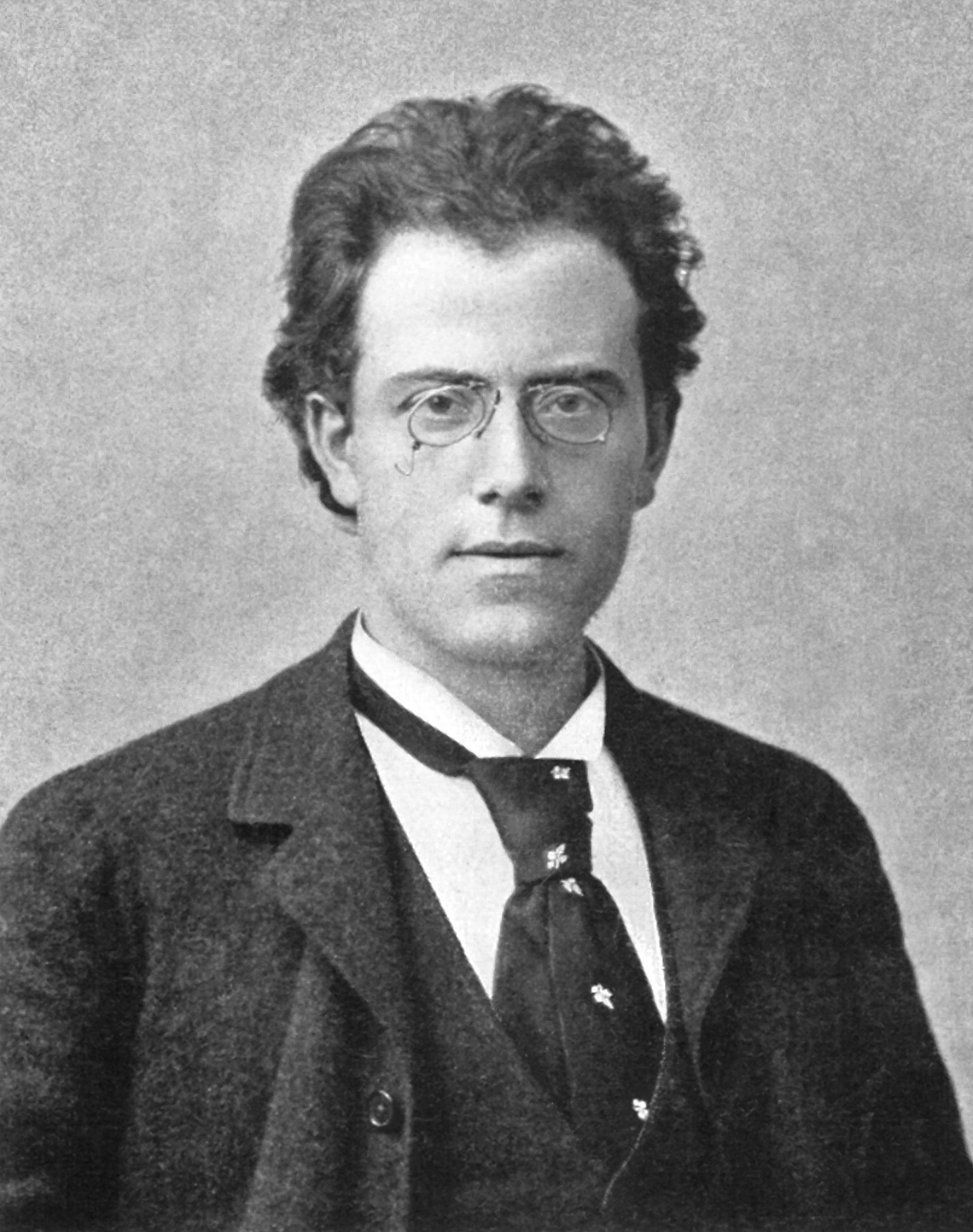 |
| “Gustav-Mahler-Kohut” by E. Bieber – Kohut, Adolph (1900) “Gustav Mahler” in Berühmte israelitische Männer und Frauen in der Kulturgeschichte der Menschheit (Volume 1 ed.), Leipzig, Germany: Druck und Verlag von A. H. Payne, pp. p. 143 Retrieved on 15 July 2009.. Licensed under Public Domain via Commons. |
This next symphony we’re gonna look at will blow you away into next week with its brilliant climaxes and crescendos that could only come from the one and only Gustav Mahler. His symphonies are so epic, even he was blown away by them. When referring to the final movement of this symphony, he wrote:
I do not even know where to begin so I will let this guy introduce Mahler:
As with any great masterpiece, you cannot take it all in in a short time. It’s like eating a delicious meal, you can’t stuff an entire meal into you mouth at once, you have to savor every bite or you won’t enjoy it. That’s why I’m gonna break it up over a series of posts. This piece really is hard to take in all in one sitting, after all, Mahler didn’t know the meaning of brevity (this lasts and hour and a half). You have to take time to get to know the piece and learn about it. In a world with 3 minute songs and 140 character tweets, you can lose attention quickly. But seriously, take the time to listen to and learn the background of this piece.
This symphony is nicknamed “Resurrection” because of the theme of life after death. We’ll look at Mahler’s intentions for the piece as well as the text he uses in the last two movements. And also, IMO parts of this symphony would make sweet battle music so I’ll draw attention to those parts in the next few posts.
As in the video, remember ROI (return on investment). If you take the time to listen to this piece and learn about it, you’ll get something out of it. This piece is well worth the time.
Moll



